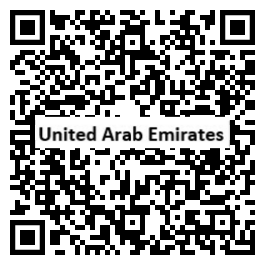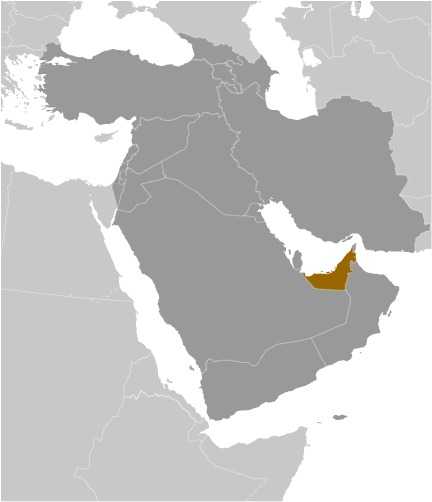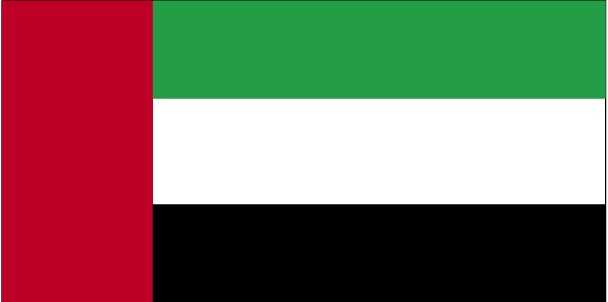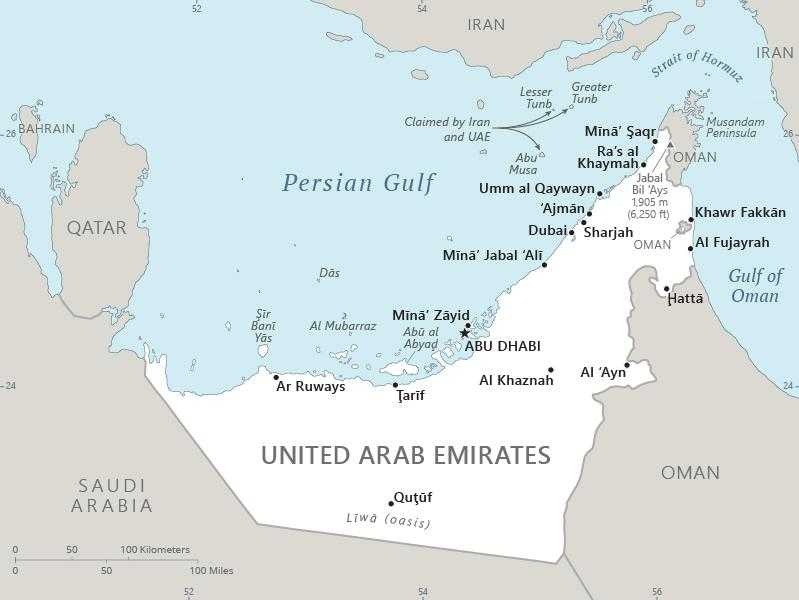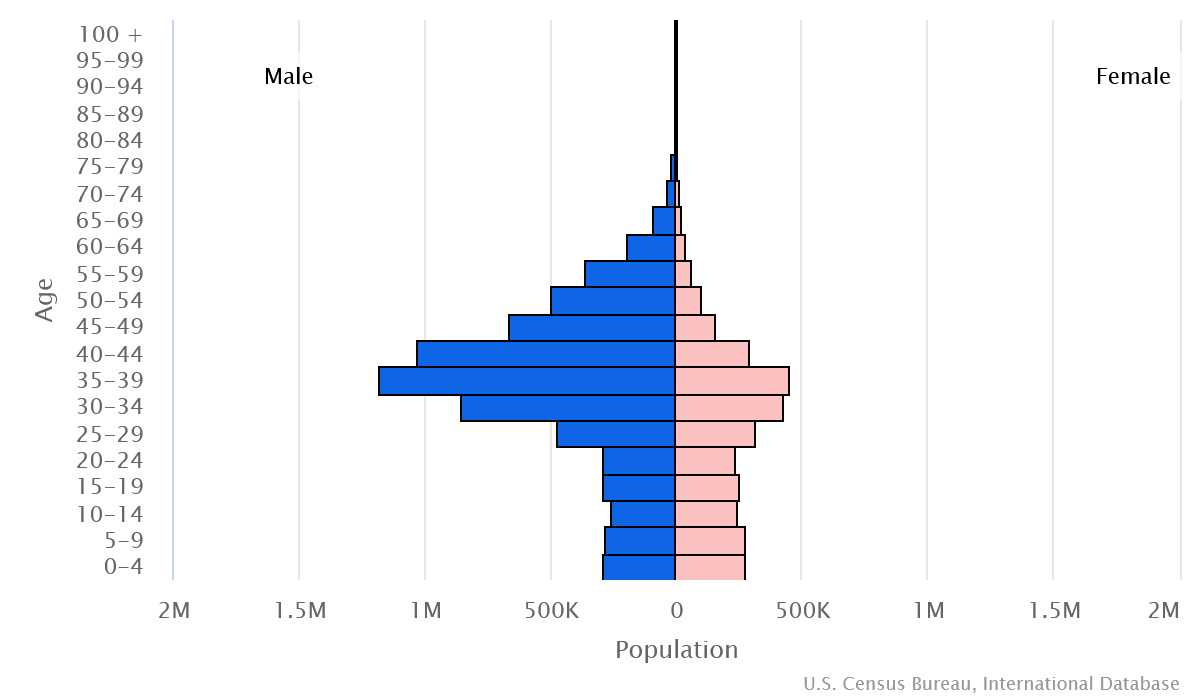Introduction
Background
The Trucial States of the Persian Gulf coast granted the UK control of their defense and foreign affairs in 19th-century treaties. In 1971, six of these states -- Abu Dhabi, 'Ajman, Al Fujayrah, Ash Shariqah, Dubayy, and Umm al Qaywayn -- merged to form the United Arab Emirates (UAE). Ra's al Khaymah joined in 1972.
Geography
Area
total : 83,600 sq km
land: 83,600 sq km
water: 0 sq km
Climate
desert; cooler in eastern mountains
Natural resources
petroleum, natural gas
People and Society
Population
total: 10,032,213
Ethnic groups
Emirati 11.6%, South Asian 59.4% (includes Indian 38.2%, Bangladeshi 9.5%, Pakistani 9.4%, other 2.3%), Egyptian 10.2%, Filipino 6.1%, other 12.8% (2015 est.)
Languages
Arabic (official), English, Hindi, Malayalam, Urdu, Pashto, Tagalog, Persian
Religions
Muslim 74.5% (official) (Sunni 63.3%, Shia 6.7%, other 4.4%), Christian 12.9%, Hindu 6.2%, Buddhist 3.2%, agnostic 1.3%, other 1.9% (2020 est.)
Population growth rate
0.6% (2024 est.)
Government
Government type
federation of monarchies
Capital
name: Abu Dhabi
Executive branch
chief of state: President MUHAMMAD BIN ZAYID Al Nuhayyan (since 14 May 2022)
head of government: Prime Minister and Co-Vice President MUHAMMAD BIN RASHID Al Maktum (since 5 January 2006)
Legislative branch
summary: unicameral Federal National Council (40 seats)
Diplomatic representation in the US
chief of mission: Ambassador Yousif AL OTAIBA (since 28 July 2008)
Diplomatic representation from the US
chief of mission: Ambassador Martina A. STRONG (since 4 October 2023)
Economy
Economic overview
historically oil-driven Middle Eastern economy; diversifying into a trade-oriented logistics and supply chain leader; strong foreign direct investment orientation; building trade and investment ties through partnership agreements; growing banking sector; recent economic linkages with Israel slowing due to Gaza conflict
Real GDP (purchasing power parity)
$719.733 billion (2023 est.)
$696.041 billion (2022 est.)
$645.376 billion (2021 est.)
Real GDP per capita
$75,600 (2023 est.)
$73,700 (2022 est.)
$68,900 (2021 est.)
Exports
$335.238 billion (2020 est.)
$404.046 billion (2019 est.)
$392.863 billion (2018 est.)
Exports - partners
India 13%, Japan 10%, China 8%, Saudi Arabia 7%, Iraq 5% (2022)
Exports - commodities
crude petroleum, refined petroleum, gold, broadcasting equipment, natural gas (2022)
Imports
$246.886 billion (2020 est.)
$295.6 billion (2019 est.)
$281.536 billion (2018 est.)
Imports - partners
China 18%, India 10%, US 6%, UK 4%, Saudi Arabia 3% (2022)
Imports - commodities
gold, broadcasting equipment, refined petroleum, diamonds, cars (2022)
Page last updated: Wednesday, August 14, 2024
